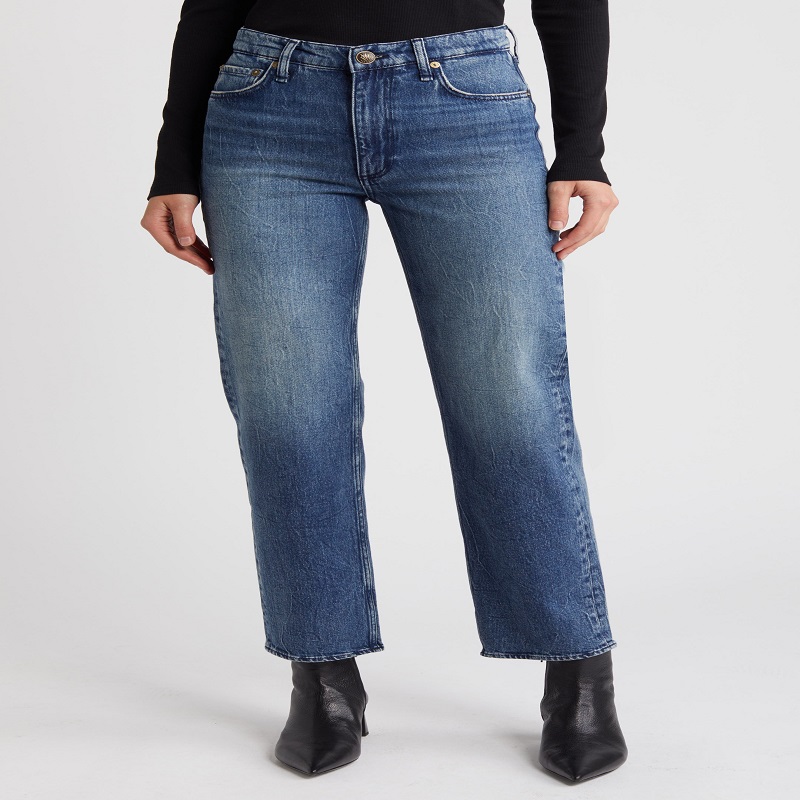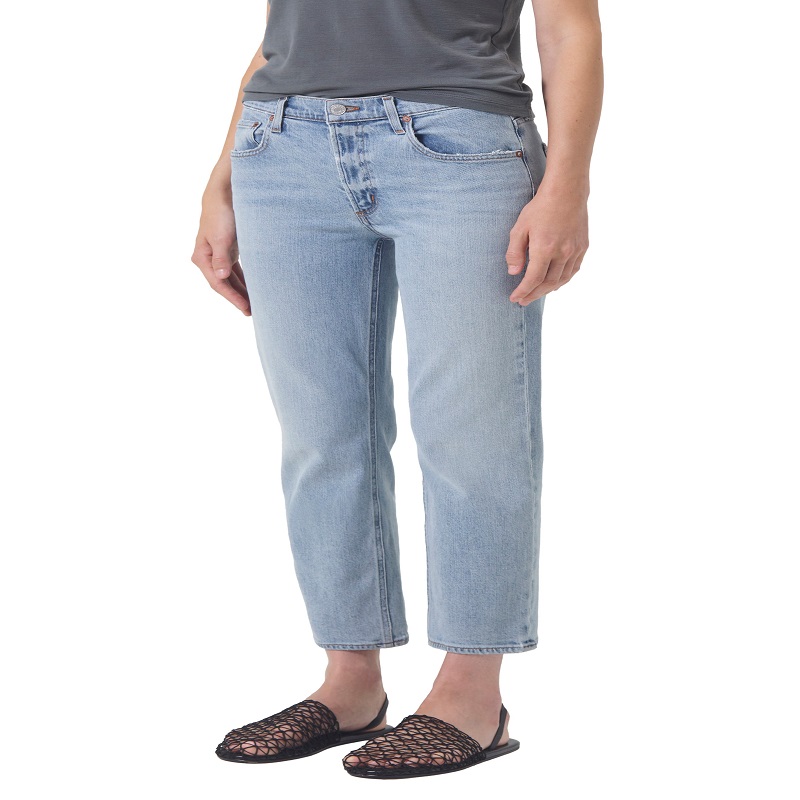How to temporarily hem pants? We’ve all been there – you buy a pair of pants that are just a little too long, and you don’t have time to take them to a tailor. Luckily, there are a few simple techniques you can use to temporarily hem your pants at home. Whether you need to hem your pants for a special occasion or just for everyday wear, these methods will help you achieve the perfect length without the need for a sewing machine or professional skills.

Choosing the Right Method
Before you begin hemming your dress pants, it’s important to consider the type of fabric and the style of the pants. Different materials may require different hemming techniques, and certain styles may lend themselves better to specific methods. For example, jeans may be better suited to a different hemming method than dress pants. Additionally, consider the final look you want to achieve – a temporary hem may not look as polished as a professional hem, but it can still be effective for a one-time wearing or a quick fix.
Double-Sided Fabric Tape
One of the easiest and quickest ways to temporarily hem your pants is with double-sided fabric tape. This method is ideal for lighter fabrics like dress pants and can be easily removed without leaving any residue.
- Step 1: Put on the pants and fold the hem to the desired length. Use a mirror to ensure the hem is even all the way around.
- Step 2: Apply the double-sided fabric tape to the inside of the folded hem, pressing firmly to secure it in place.
- Step 3: Smooth out the hem and press it firmly with your hands to ensure it is secure.
- Step 4: Repeat on the other leg, and you’re ready to go!
Hemming Strips
Hemming strips are another quick and easy way to temporarily hem your pants. Similar to double-sided fabric tape, hemming strips are adhesive and can be easily removed without damaging the fabric.
- Step 1: Put on the pants and fold the hem to the desired length.
- Step 2: Cut the hemming strips to the appropriate length and place them inside the folded hem, following the instructions on the package.
- Step 3: Use an iron to press the hemming strips, activating the adhesive and securing the hem in place.
- Step 4: Repeat on the other leg, and your pants are ready to wear!

Hand Stitching
If you prefer a more traditional approach, hand stitching can be a simple and effective way to temporarily hem your pants. This method is best suited for heavier fabrics like denim and can provide a more secure hold.
- Step 1: Put on the pants and fold the hem to the desired length.
- Step 2: Thread a needle with a matching thread and tie a knot at the end.
- Step 3: Starting from the inside of the hem, stitch along the fold, making small and even stitches.
- Step 4: Once you reach the end, tie off the thread with a knot to secure the hem.
- Step 5: Repeat on the other leg, and your linen pants are ready to wear!
Fabric Glue
For a quick and easy fix, fabric glue can be used to temporarily hem your pants. This method is best for lighter fabrics and can provide a secure hold without the need for sewing.
- Step 1: Put on the pants and fold the hem to the desired length.
- Step 2: Apply a thin line of fabric glue to the inside of the folded hem, pressing firmly to secure it in place.
- Step 3: Smooth out the hem and press it firmly with your hands to ensure it is secure.
- Step 4: Repeat on the other leg, and you’re ready to go!
Precautions for hem pants
Hemming pants is a common alteration that many people need to have done at some point. Whether you have purchased a new pair of pants that are too long or have lost weight and need to adjust the length, hemming pants is a simple and straightforward process. However, there are some important things to keep in mind when hemming pants to ensure that the finished result looks professional and well-done.
Choosing the Right Length
The first step in hemming pants is determining the correct length. This will depend on the style of the pants as well as your personal preference. Some people prefer a longer length for a more relaxed and casual look, while others prefer a shorter length for a more tailored and polished appearance. When deciding on the length, it’s important to consider the type of shoes you will be wearing with the pants. For example, if you regularly wear flats, you may want to have the pants hemmed to a shorter length, whereas if you primarily wear heels, a longer length may be more suitable.
Marking the Hem
Once you have determined the desired length for the pants, the next step is to mark the hem. This can be done using pins or tailor’s chalk. It’s important to ensure that the hem is marked evenly around the entire circumference of each leg to ensure that the finished result is symmetrical. Take your time with this step to avoid any unevenness in the final hem.

Choosing the Right Thread and Needle
When sewing the hem, it is important to use the right thread and needle. The thread should match the color of the pants for a seamless finish. In addition, it’s important to use a needle that is suitable for the fabric of the pants. For example, if the pants are made of a heavy denim, a thicker needle may be necessary to ensure that it can easily penetrate the fabric.
Sewing Techniques
There are several different techniques for sewing the hem of pants, including hand sewing and machine sewing. Hand sewing is a traditional method that can produce a clean and almost invisible hem, while machine sewing can be quicker and more convenient. Whichever method you choose, it’s important to use the appropriate stitch and tension to ensure that the hem is secure and will not come undone with wear.
Pressing the Hem
After the hem has been sewn, it’s important to press it to ensure that it lays flat and looks neat. This can be done using an iron and ironing board, taking care to avoid any wrinkles or puckers in the fabric. Pressing the hem will also help to set the stitches and ensure that they are secure.
Final Check
Once the hem is in place, it’s important to do a final check to ensure that everything looks perfect. Try on the pants and make sure that the length is exactly how you want it and that the hem is even all the way around. If everything looks good, your pants are now ready to wear!
Conclusion
Temporary hemming methods are a convenient solution for when you need to quickly alter the length of your pants. Whether you’re preparing for a special event or simply want to wear your new pants without a trip to the tailor, these techniques can help you achieve the perfect fit. By choosing the right method for your fabric and style, you can create a temporary hem that looks great and holds up throughout the day. So, next time you find yourself with pants that are just a little too long, try one of these simple methods to achieve the perfect length in no time.

